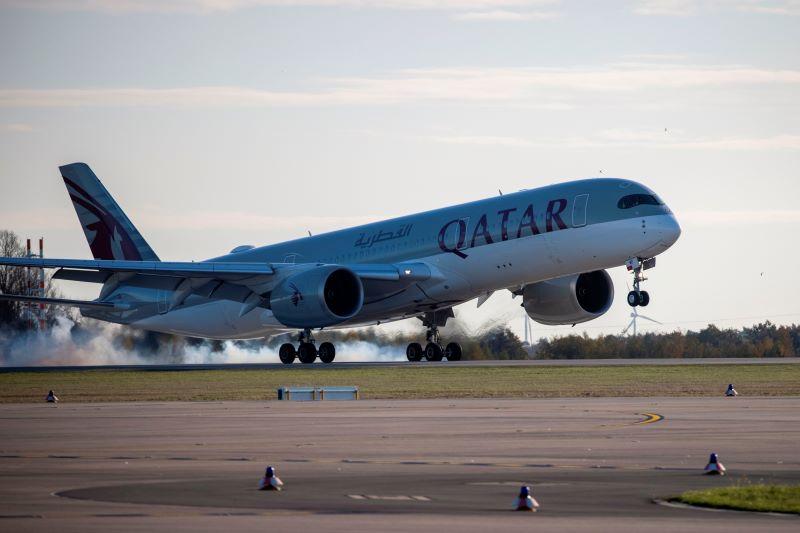
Credit: Odd Andersen / AFP / Getty Images
The pictures shown around informally in the industry look ugly: a myriad of small cracks in the paint around windows, paint peeling off the fuselage, exposed and worn expanded copper foil (ECF), the lightning protection layer visible beneath the surface paint, unprotected fasteners. And worst of all...
Subscription Required
This content requires a subscription to one of the Aviation Week Intelligence Network (AWIN) bundles.
Schedule a demo today to find out how you can access this content and similar content related to your area of the global aviation industry.
Already an AWIN subscriber? Login
Did you know? Aviation Week has won top honors multiple times in the Jesse H. Neal National Business Journalism Awards, the business-to-business media equivalent of the Pulitzer Prizes.

